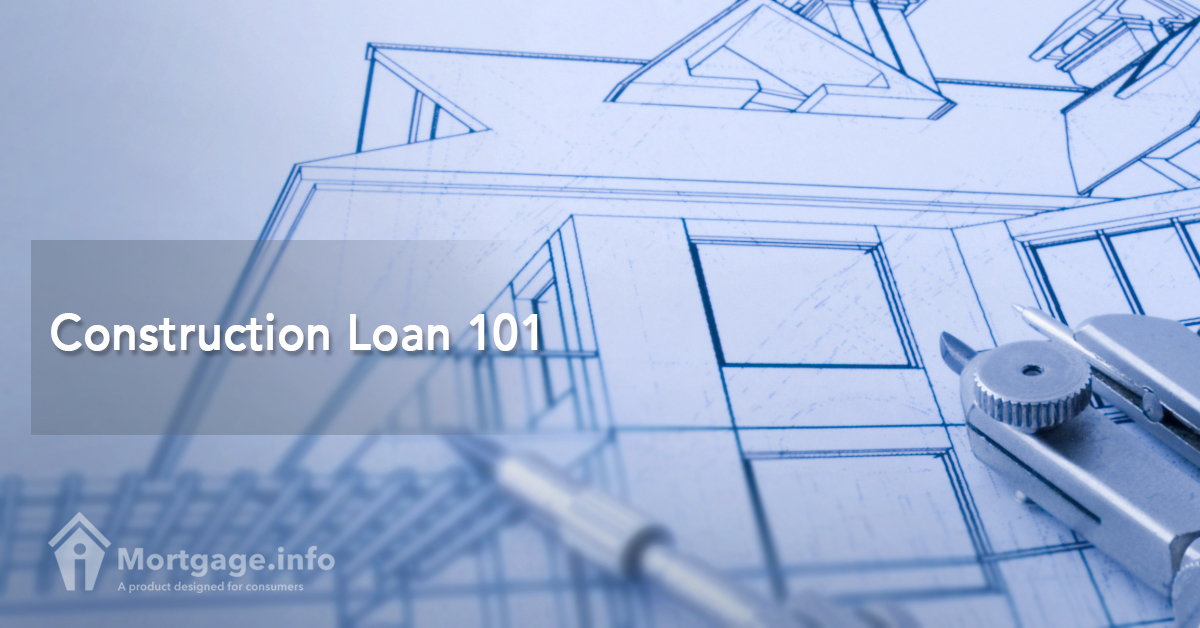Many individuals dream of building their own dream homes. Unfortunately, not all has the money to pay for house construction in cash. Getting a mortgage directly is difficult since lenders cannot place their investment in a property that is not even yet in existence.
Good thing a construction loan does. It is one way of hitting that aim without waiting too much time in saving the needed cash for construction.
So what is a construction loan?
A construction loan is a short-term loan that is given to a borrower to fund the building of a new home. The typical term of constructions loan is a year. Now the proceeds of the loan are neither given to the borrower nor the contractor directly in cash and in full. A certain amount is drawn at intervals and only every after a certain construction stage is inspected and approved.
How is it going to be paid?
Once all the inspections and permits were completed and the overall construction is done, the borrower takes another loan to repay the original construction loan. This time, it is usually a standard mortgagethat also covers the financing of the home.
There are basically two types of construction loans:
a) Construction-to-Permanent
In this type of construction loan, the lender advances the money to get the house built and once the construction is finished, the same lender rolls the balance into the standard mortgage.
During the construction phase, you only pay the interest of the outstanding loan balance. You also get to lock at a mortgage rate at the beginning of construction, and youonly have to pay for a single closing cost.
b) Stand-alone construction
Stand-alone construction is the less popular option between the two. Here, the lender givesyou the money to pay for home construction and upon completion, you need to get a new loan to satisfy the terms of the original loan. You will have a different interest rate when you get the standard mortgage and there could be a possibility of not finding a permanent mortgage when you experience a negative shift in your finances while the construction was ongoing. You also need to pay for two closings.
Qualifying for a Construction Loan
Many lenders try to stay away from giving out construction loans. That is because the investment is risky and a huge amount of trust has to be placed on the people involved. If expectations are not met, it can end up badly for their investment. Hence why those who do offer these loans have strict qualifications as to who are eligible.
In order for a construction loan application to be approved:
- Only a qualified builder should be hired.Going DIY may not do. You have to find a contractorwith the years of experience and the earned reputation to get the deal.
- You must provide a blueprint.Lenders will ask for detailed specifications on how the home is going to be constructed. This information will also serve as the basis for how much they should let you borrow to get the building done.
- The property must be appraised.A professional appraiser should determine beforehand the value of the home based on the specifications provided (b). This is determined based on comparables or estimates according to prices of homes in similar locations, with similar features and size, etc.
- You must hand down a significant down payment.Typically, a construction loan requires its borrower to put down 20 to 25 percent of the loan amount. This protects the lender should you walk away from the loan (in any case possible) or should the home value turn out to be lesser than expected.
A construction loan could be the answer you’ve been looking for to get started on realizing that dream home. If you have enough and steady finances, push your luck. Choose the type of construction loan that fits your budget, your expectations, and your needs.

